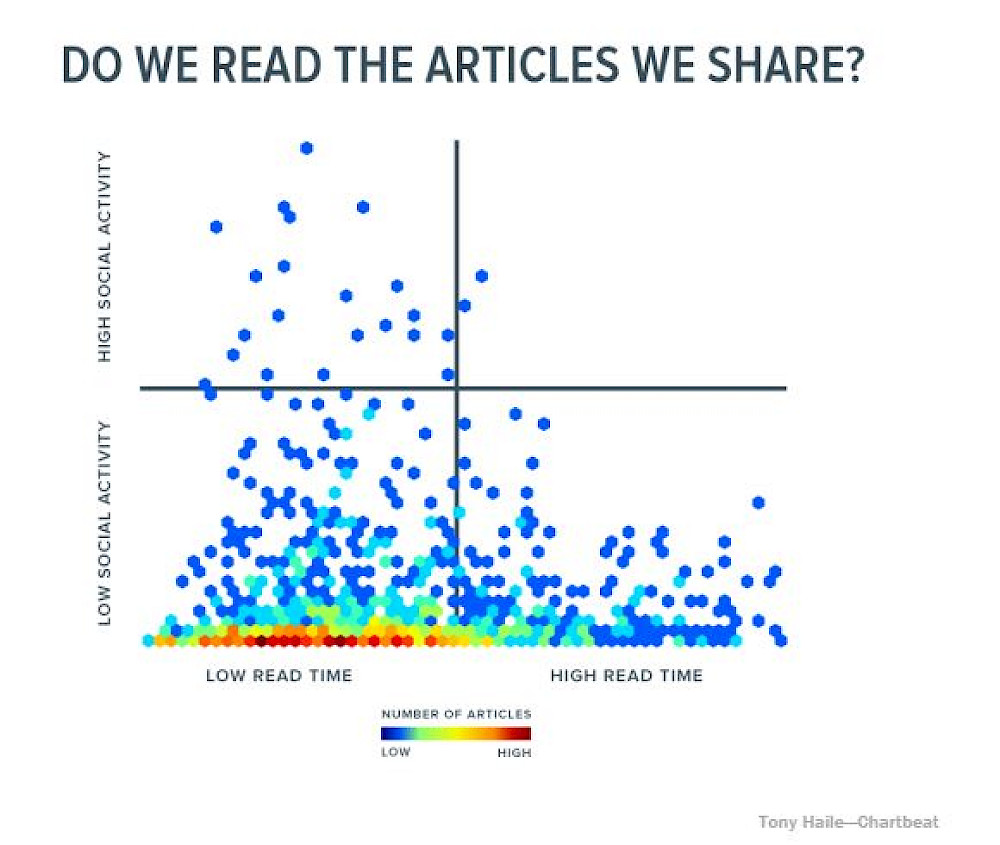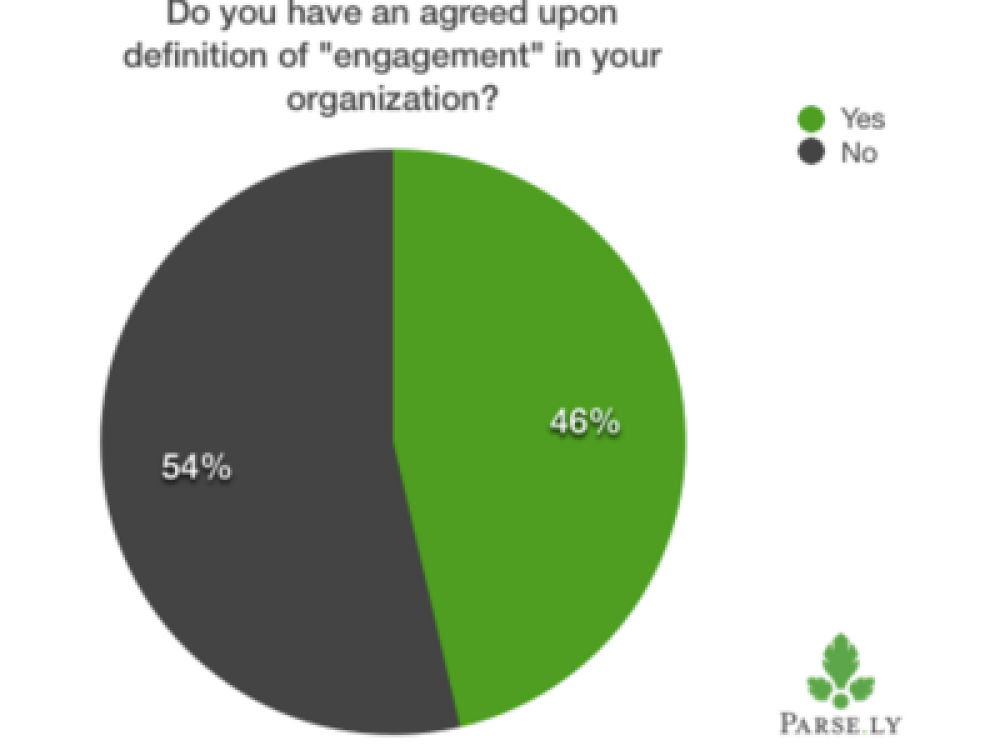Amid all the concerns about publishers turning to clickbait to boost traffic, a digital space is being carved out for slow pace and long-form journalism. Are publishers and the data analytics teams finally getting it right?
The dynamics of digital media radically disrupted how people consume content; news in particular. While publishers in the age of print enjoyed relatively stable audiences, legacy and digital publishers are now left to compete for attention in a highly competitive and rapidly evolving media marketplace. Moreover, much of the content in this marketplace is free.
Received wisdom in the early digital era assumed that the online attention economy requires easily digestible content: make it short, simple and shareable. This thinking appeared to be backed up by early forays into audience data analytics. Quantitative metrics allowed publishers to track what gets shared, clicked and liked the most. The predictable results gave us clickbait. These metrics were destructive for legacy publishers because they created a false equivalence between popularity and value. Put simply, users who read and users who share are two very distinct groups and it is the former that really matter to publishers.
In an analysis of 10,000 socially shared articles, Chartbeat’s Tony Haile found no relationship between social sharing activity and the amount of time average readers will give to the content. This matters because publishers chasing social clicks are often ignoring their most important audience: those who not only want to engage with news but also want to do it via a specific publisher.
Focusing on the wrong metrics left publishers misunderstanding the value of both their readers and their content. As Tom Rosenstiel bluntly observes, “the path toward sustainable journalism, already challenged by a disrupted advertising business model, is also being undermined by something more unexpected—terrible data.”
Many leading publishers now recognise that the short-term goal of increasing traffic is a Pyrrhic victory unless it also helps to build a loyal audience who will engage in depth and return regularly.
The News Slowed Down
By paying closer attention to more nuanced analytics, publishers have discovered new routines.The relentless pace of the 24 hour breaking news cycle is not going away. Nor is the demand for bite-sized content. The point is that short and long-form journalism both have a place in the busy schedules of news consumers. News traffic typically peaks as readers wake up, arrive at work, eat lunch, and commute home. Working to these routines, the Journal.ie presents 'The 9 at 9' and 'The 5 at 5'. More in-depth content is pitched at users' leisure time as 'long reads' or 'weekend reads' and it is this content that establishes or re-establishes the reputation of a publication as a site worth visiting.
At the end of March, the London Times restructured its publication routines and format. Daily editions will be published at peak traffic times and by abandoning the breaking news cycle, the paper can concentrate on more in-depth analysis of events. Lighter features like live blogs have also been phased out.
While abandoning breaking news makes sense for a publisher behind a hard paywall, there is a lesson here for other publishers too. If a publication can't compete or keep pace with the BBC and Twitter, the answer is to offer readers something else of value. Twitter does break news but then confusion and misinformation reigns. The question for publishers is where do users go to make sense of that breaking news an hour later, a day later or even a week later? The answer to this question is another question: who do users trust to have accurate reports and informed analysis?
Chasing clicks has damaged the reputation of legacy newspapers. They underestimated the value of their greatest resource: the capacity to produce well written reports and in-depth analyses. They also underestimated the value of trust and reputation for regular readers and for attracting new readers.
Perhaps with more nuanced analytics, legacy publishers can rediscover the value of slower news.





